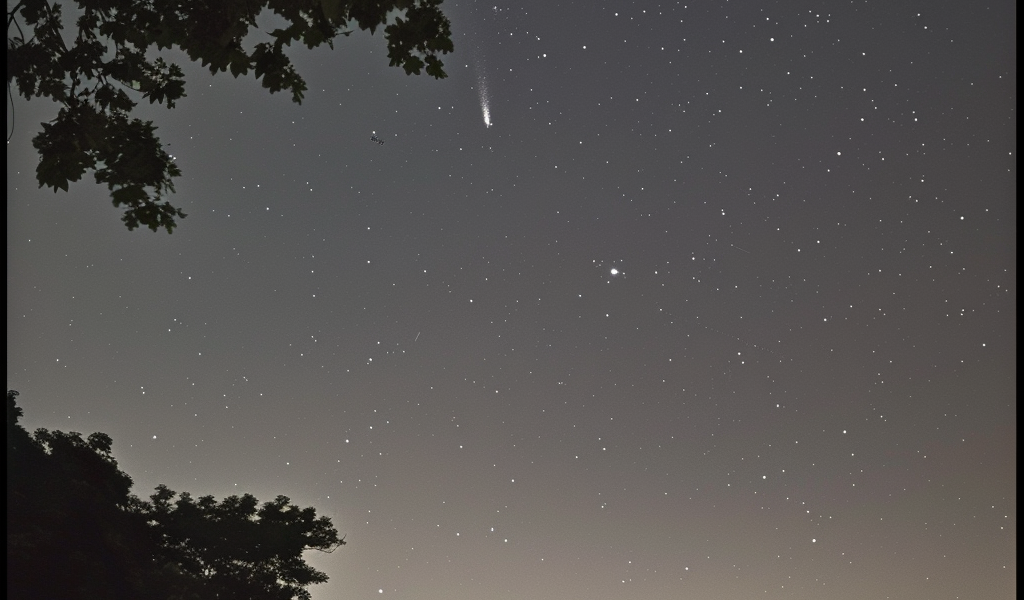Astronomy enthusiasts are in for a treat this summer as a comet is set to grace the night sky for the first time in nearly 70 years. Comet 13P/Olbers will be making its appearance, offering a rare celestial spectacle that hasn’t been visible since 1956.
According to experts at Star Walk, the comet is expected to be best visible around June 30, with its return to the night sky scheduled for July. While the comet may appear faint, its positioning in the sky and distance from the sun will make it a remarkable sight for those who manage to catch a glimpse.
To spot the comet, observers will need to look towards the west approximately two hours after sunset. Astronomers at Universe Today suggest that the comet will be positioned between 20 and 30 degrees above the horizon, making it essential to find an open location with an unobstructed view of the western horizon for optimal viewing.
Star Walk details that Comet 13P/Olbers will pass by the star Alsciaukat on July 2 before moving into the constellations Leo Minor on July 14 and Ursa Major on July 28, offering a unique astronomical journey for sky gazers.
For those fascinated by celestial events, this rare sighting of Comet 13P/Olbers presents a special opportunity to witness a captivating display in the night sky. Don’t miss out on this extraordinary astronomical event that is set to unfold this summer.





